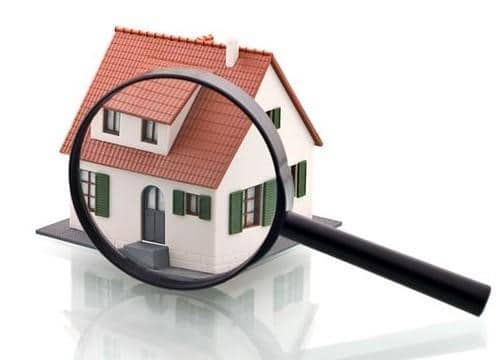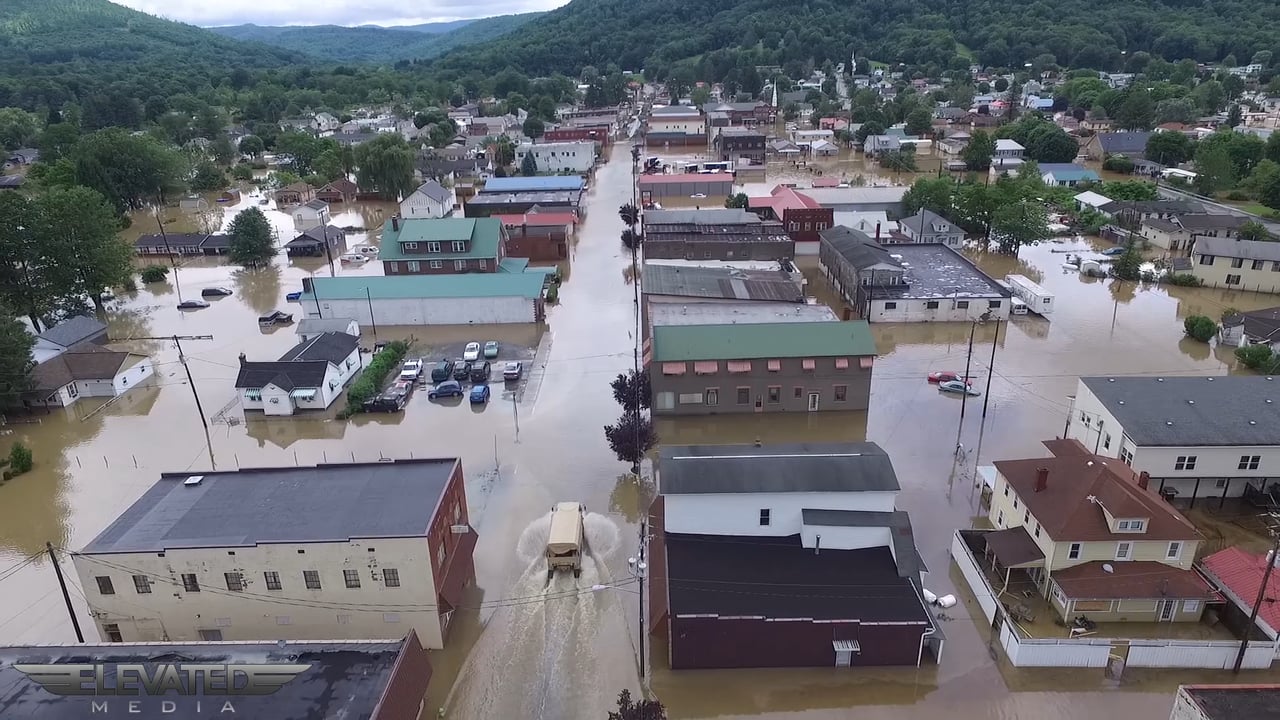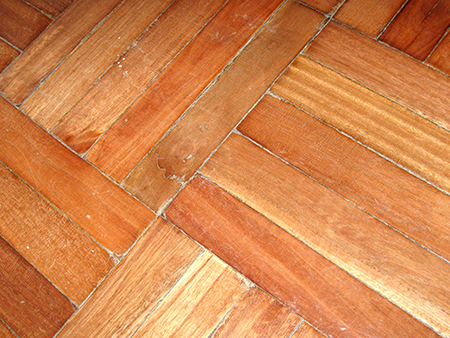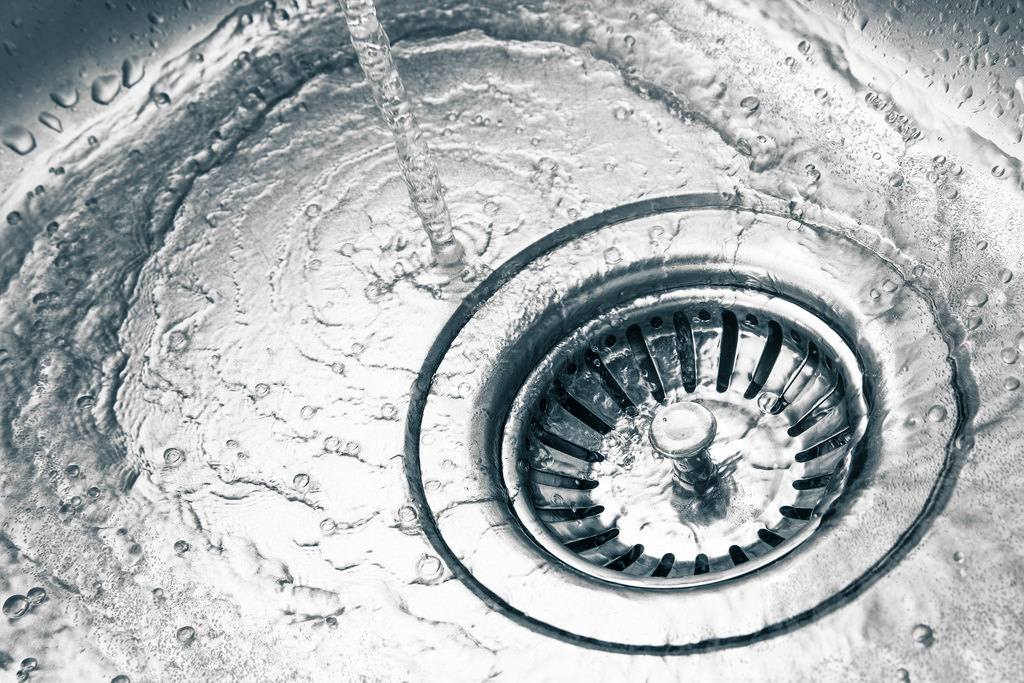Home Inspection Checklist: Here’s What to Look For
When you decide to purchase your first home, you will be traveling an unknown path with a lot of new experiences. You will likely have a lot of new questions when buying a home, and you will need to do a lot of research before you put your hard-earned money down on your dream home. Part of that research should include the inspectionInspection is the careful examination and assessment of a pr... More process and what to expect. When you meet a property for the first time, the first impression can be deceiving, and a full inspectionInspection is the careful examination and assessment of a pr... More is needed. The sale of your new home will be contingent on a trustworthy inspectionInspection is the careful examination and assessment of a pr... More. Here’s what you should expect.
What Is a Home Inspection and Why is it Needed?
When a professional inspector comes to check a home you’re about to purchase in an extremely detailed manner, it’s called an inspectionInspection is the careful examination and assessment of a pr... More. When you are buying a home, you are liable to pay for the inspectionInspection is the careful examination and assessment of a pr... More, and it’s needed to ensure that you and the bank are investing in a valuable property. An inspectionInspection is the careful examination and assessment of a pr... More will ensure that the home’s components are in working order, and that there is no structural damage or daunting renovations needed. You should prepare to pay between $300 and $600 for a home inspectionInspection is the careful examination and assessment of a pr... More. You should also budget for hiring additional professionals who specialize in determining if mold and/or asbestos are present in the home.
Hiring the best inspector
 As with hiring any other professional to come and do work on your home, you will do some research to find the best one. You will read reviews, ask family and friends for recommendations, or your realtor may have a company that they often use that they trust. Hiring a company that has positive feedback, credentials, and certificates, and who is pleasant to deal with, will likely be a great option. You will want to be present for the inspectionInspection is the careful examination and assessment of a pr... More, asking questions along the way. A customer-service oriented professional will take the time to explain their process and help ease your mind.
As with hiring any other professional to come and do work on your home, you will do some research to find the best one. You will read reviews, ask family and friends for recommendations, or your realtor may have a company that they often use that they trust. Hiring a company that has positive feedback, credentials, and certificates, and who is pleasant to deal with, will likely be a great option. You will want to be present for the inspectionInspection is the careful examination and assessment of a pr... More, asking questions along the way. A customer-service oriented professional will take the time to explain their process and help ease your mind.
Brief Inspection Checklist
Here are the essential components of a house inspection:
The exterior of the home, including:
- The roof
- The foundation
- TrimTrim is the decorative or functional molding used to finish ... More
- Siding, including stucco and paint
- All your gutters and downspouts.
- If you have a garage, they will check the roof, the siding, and the driveway.
- If you have any balconies, a porch, or a deck, they will review those as well.
The interior of the home will include:
- The attic for any water damage or leaks
- The basement
- All windows
- Doors
- Walls
- Stairs
- Railings
- Floors
- The crawl space, if it’s accessible.
- They will check the electrical in the home, including all outlets, switches, and the panel.
- The HVAC system, including thermostats and ventilationVentilation is the process of exchanging or circulating air ... More, is a vital component to check. You may be required to replace the furnace shortly after you move in, depending on its age.
- All the plumbing, including fixtures, faucets, and the water heater should be inspected.
Post-inspection
Once your inspectionInspection is the careful examination and assessment of a pr... More is complete, you can determine your next steps, based on the results. If the home has significant issues that will cost you a large sum of money or time, you can decide to cancel the transaction. However, the seller may be willing to negotiate with you and lower the price, or fix it. Otherwise, you can hire someone to fix it for a reasonable price. If it’s just cosmetic damage, you are welcome to choose to proceed.
Are you relocating this year? Here are some excellent tips for relocation, making your move seamless and stress-free.













